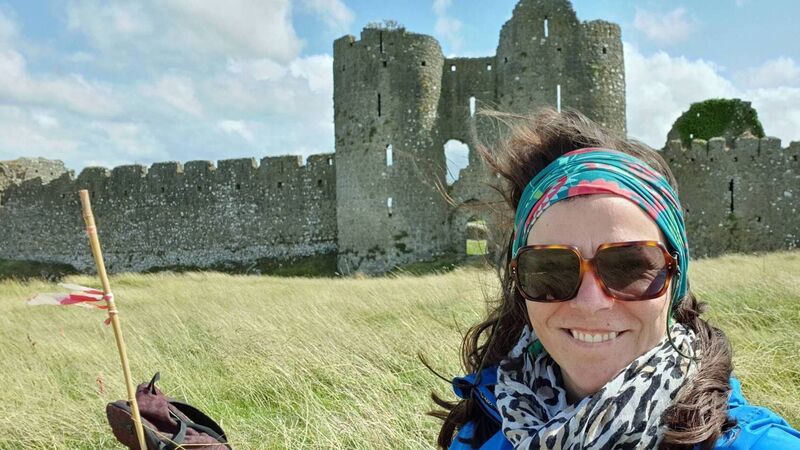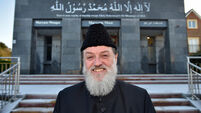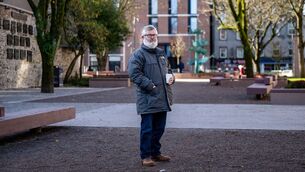On the trail of Roesia de Verdun: Ireland’s only female castle builder

Revealing Roesia: Medieval archaeologist Dr Karen Dempsey at Castleroche in Co Louth where she is looking for traces of Roesia de Verdun, the only woman to have built a castle in Ireland in the 13th century.
It feels like glorious serendipity that a project aimed at revealing more about the only woman known to have built a castle in Ireland is taking place during National Heritage Week.
I’m a huge fan of castles and, in particular, of castlebuilder Roesia de Verdun, or Rose of the Rock as she is known locally. The 13th-century noblewoman built an impressive fortress on a rocky outcrop in Castleroche, Co Louth, and then supposedly pushed the master mason out of the window so that he wouldn’t replicate the building’s design.












